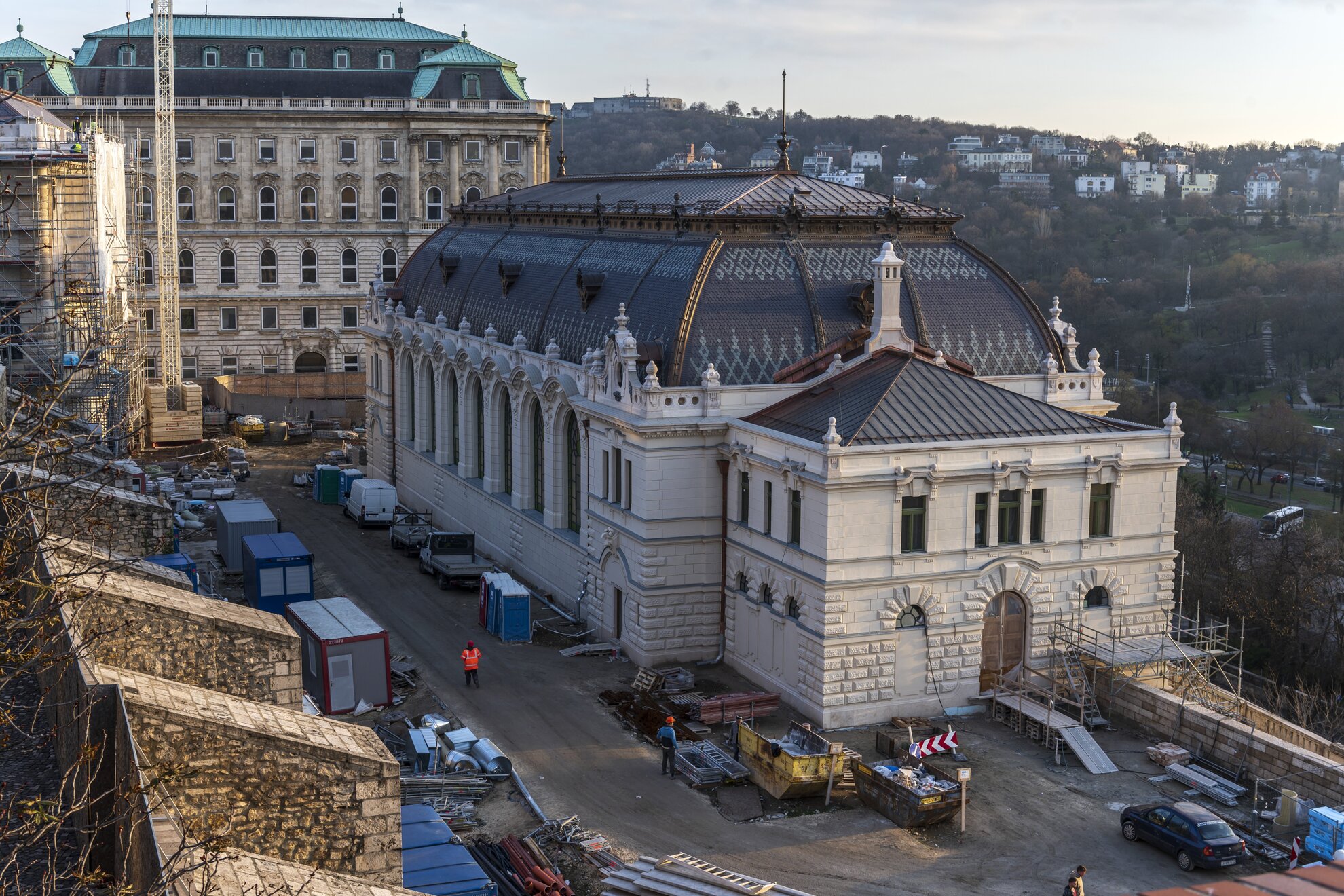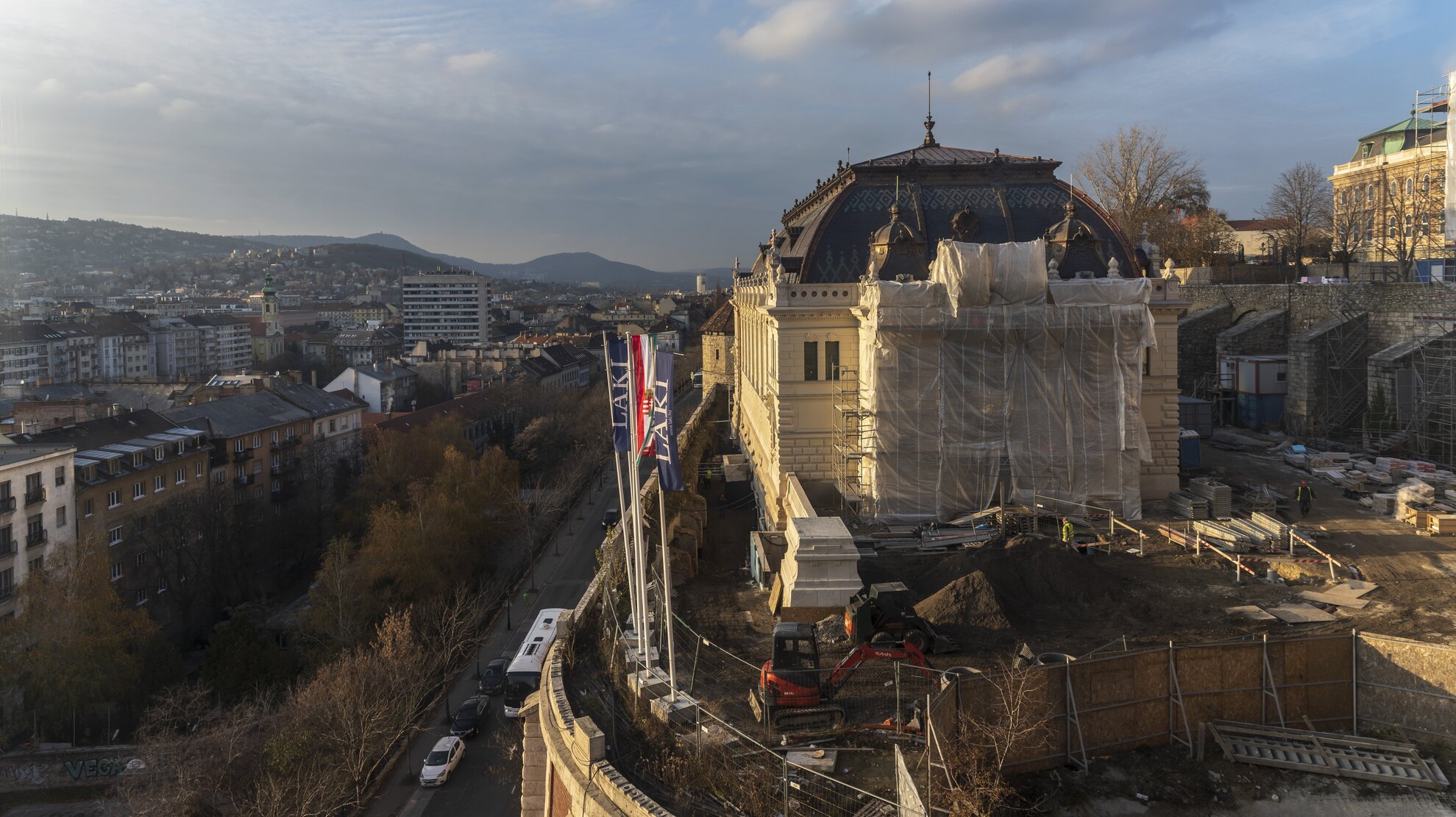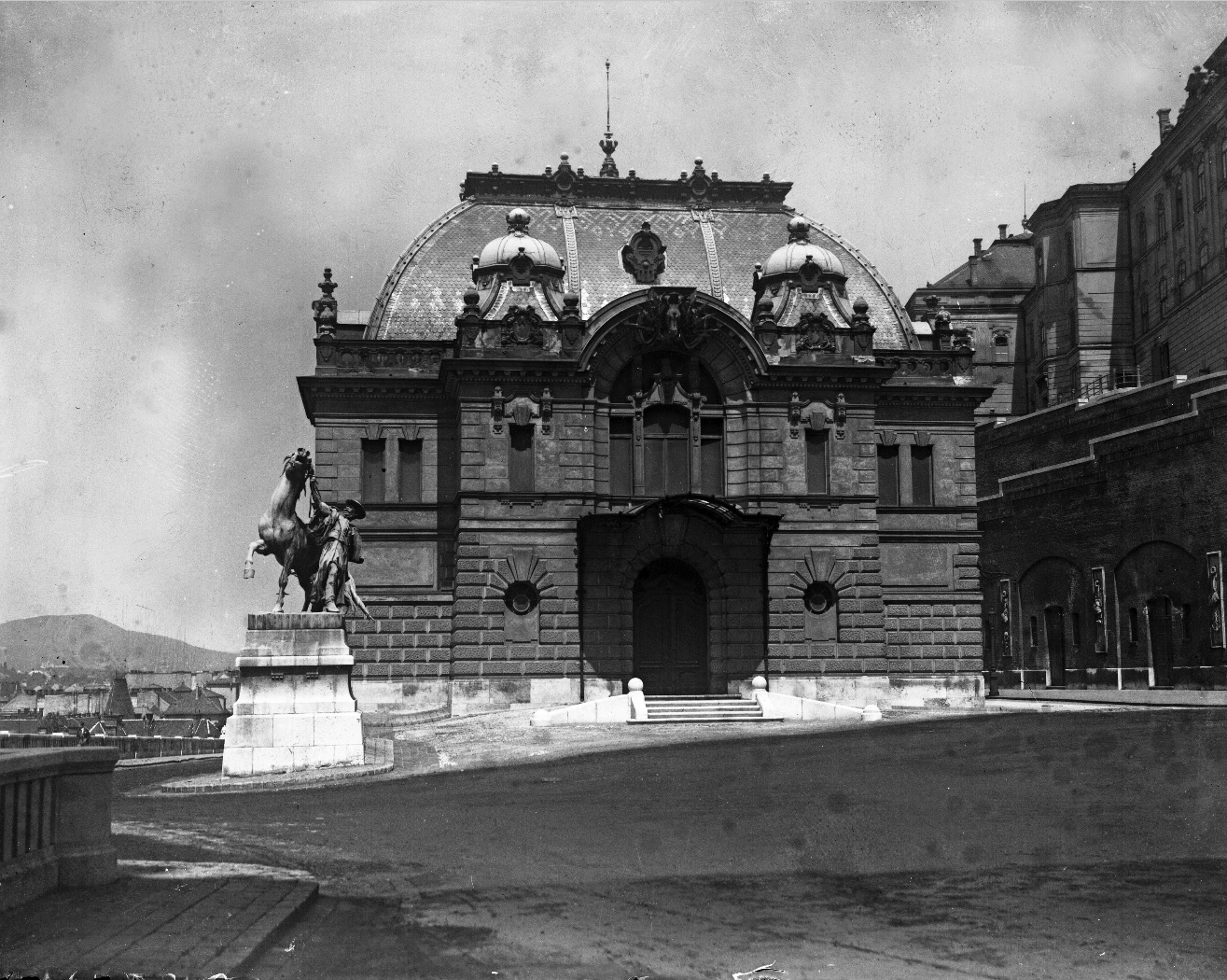The ornate stucco and arched windows have already been unveiled at this semi-concealed site by the western wall of Buda Castle. Designed by Hungarian architect Alajos Hauszmann of New York Café fame, and used as the Royal Stables from the end of the 19th century, the building, along with neighbouring sites around Buda Castle, was seriously damaged during World War II.

A decade after the war ended, the incoming Communist government chose to rigorously modernise all Buda Castle landmarks, considered a symbol of the previous regime. However, they gutted and destroyed the former palace and its adjacent structures, including the Royal Stables and the guardhouse, two sites that are now being rebuilt.
Overseen by award-winning architect and art historian Ferenc Potzner, these long-abandoned landmarks should soon be revived to grace this most historic area of modern-day Budapest. Potzner’s name is linked to such major makeovers as the recently restored Várkert Bazaar and the Sándor Palace, official residence of Hungary’s president, atop the venerable funicular.

According to plans, this ongoing reconstruction follows the original documentation by Hauszmann, for the most part to ensure that these buildings resemble their original style. The wrought-iron railings, the stairway, the doors, windows and the roof are being constructed using the same materials as those of a century or more ago. Meanwhile, a new ferroconcrete structure ensures that each complies with modern-day standards.
Renovation should be completed before the end of this year, when the Royal Stables are to reopen as an events venue, hosting balls, art fairs and festivals. And, as per the building's original function, they should very likely still house horses, more than a dozen at a time, and serve as a base for a ceremonial cavalry regiment.




